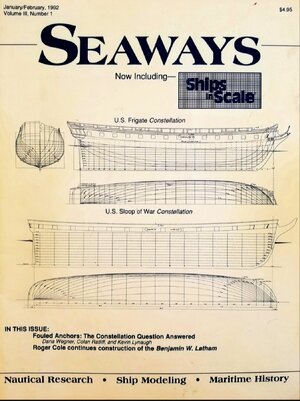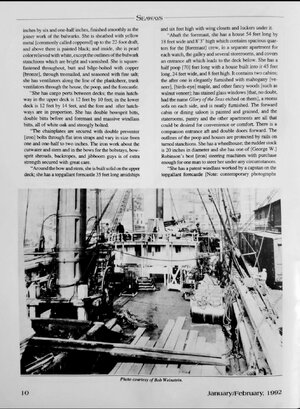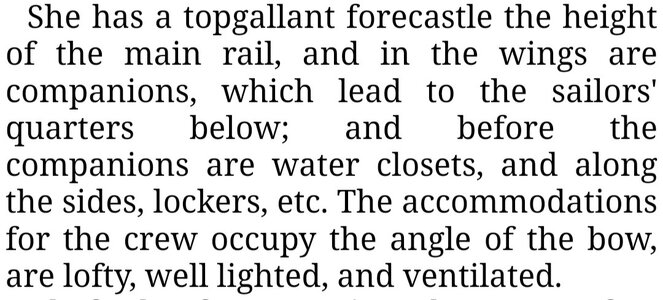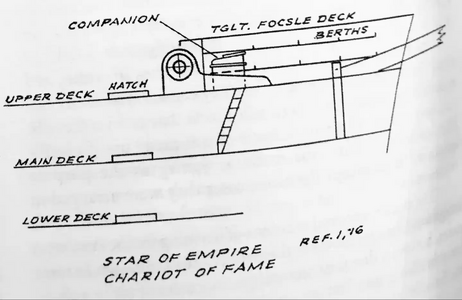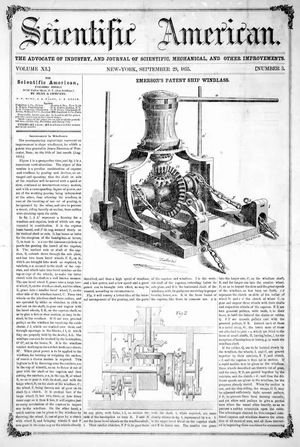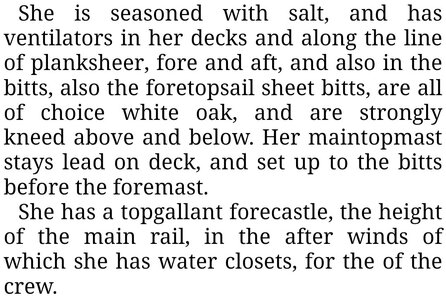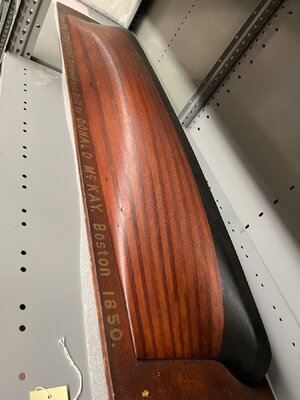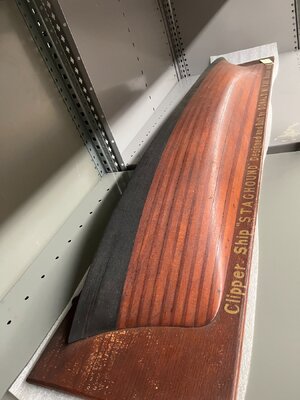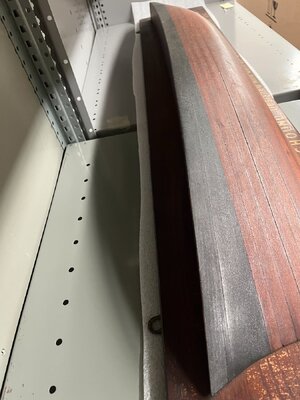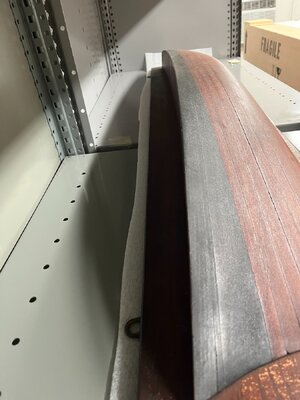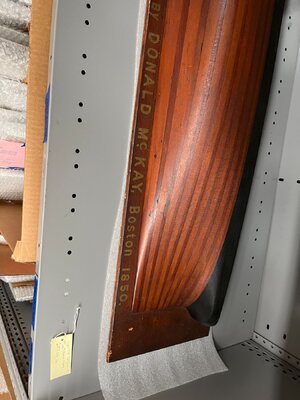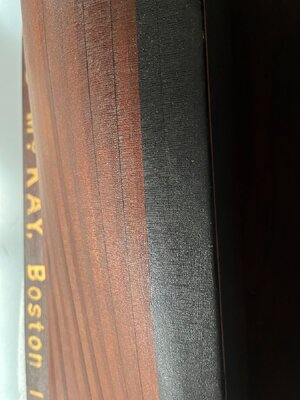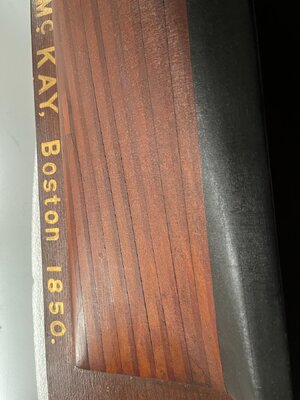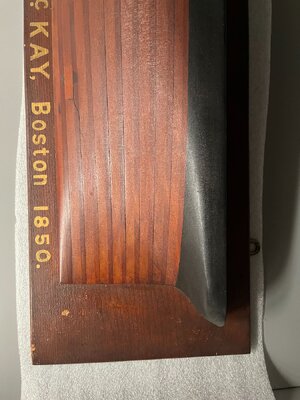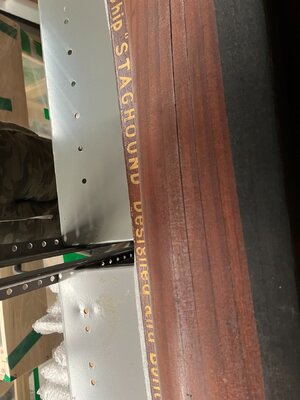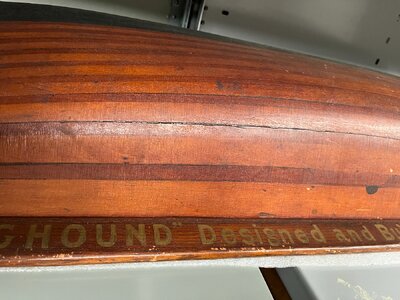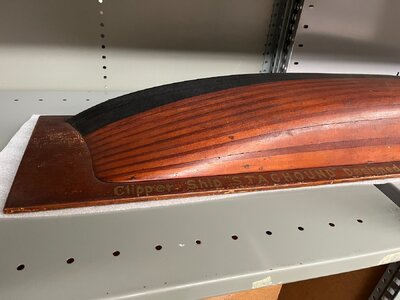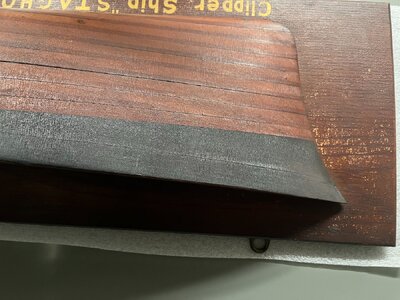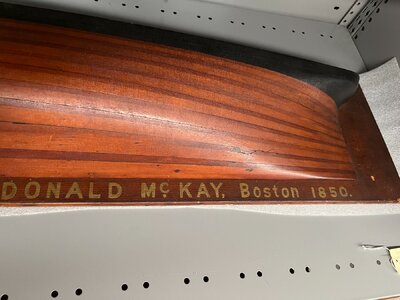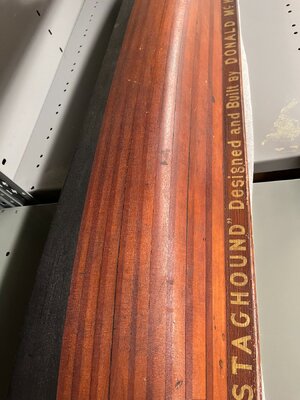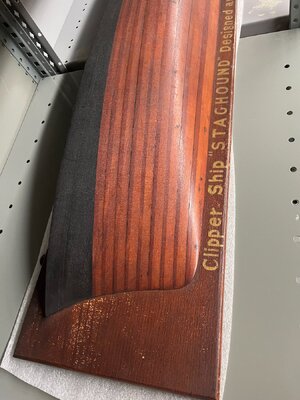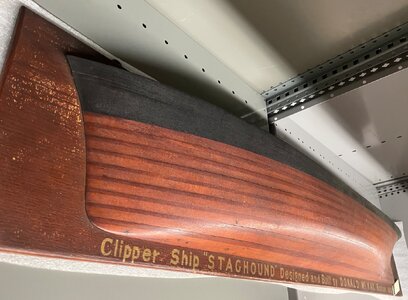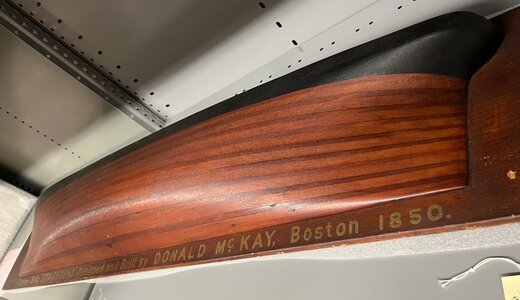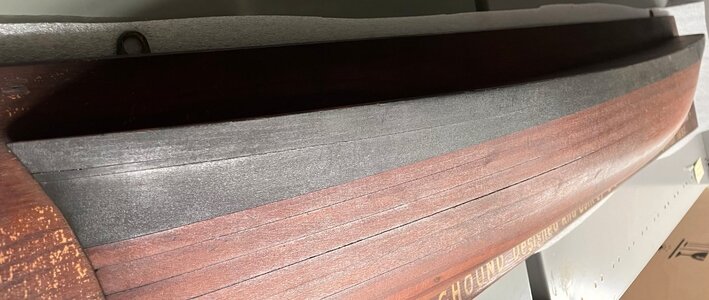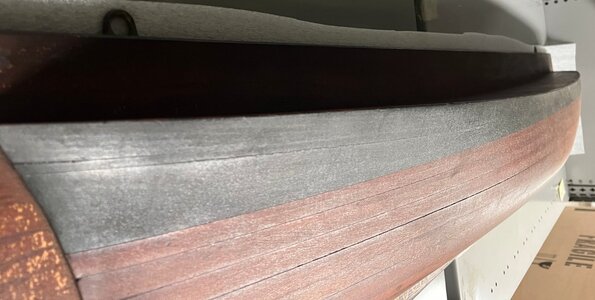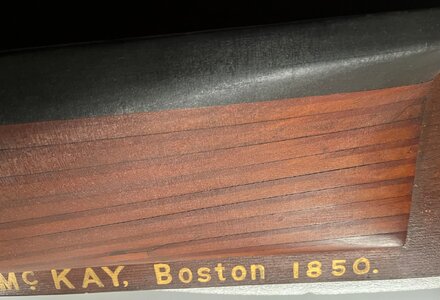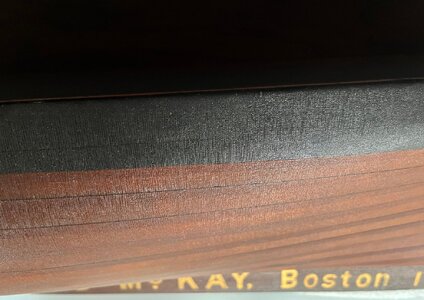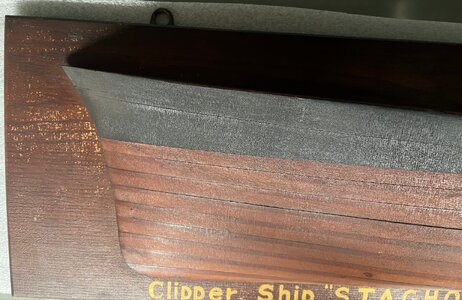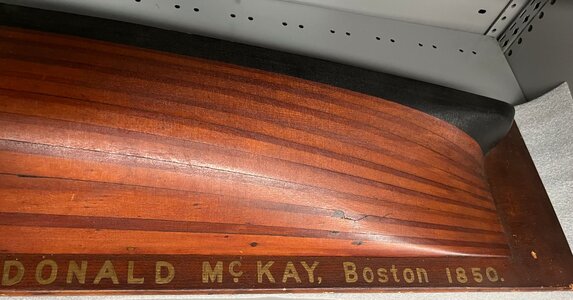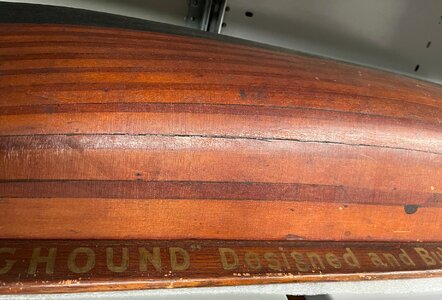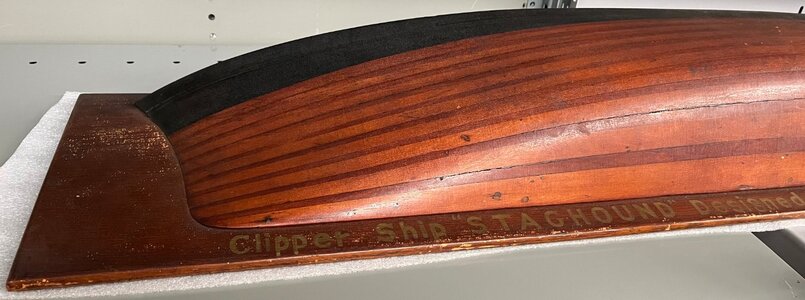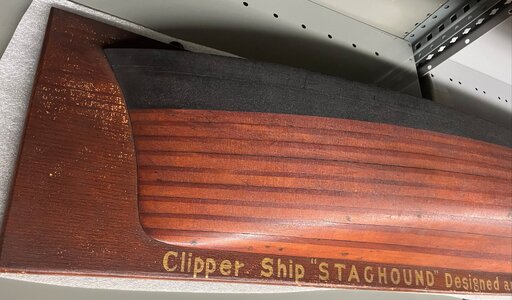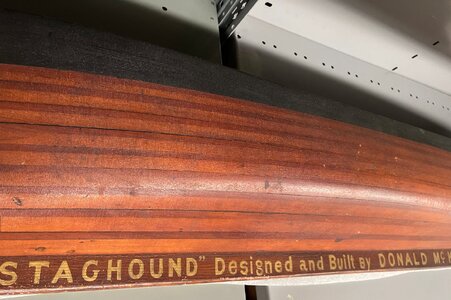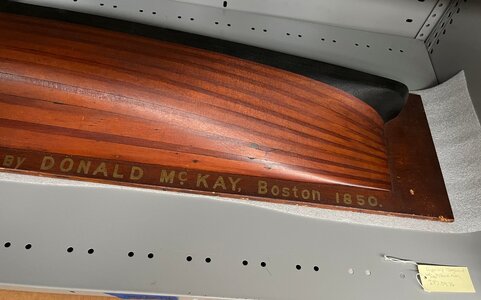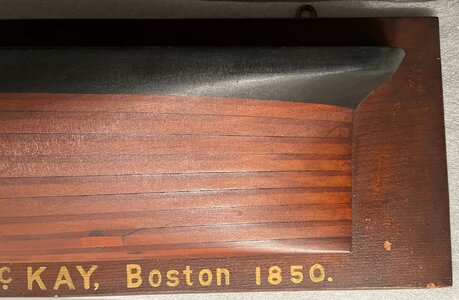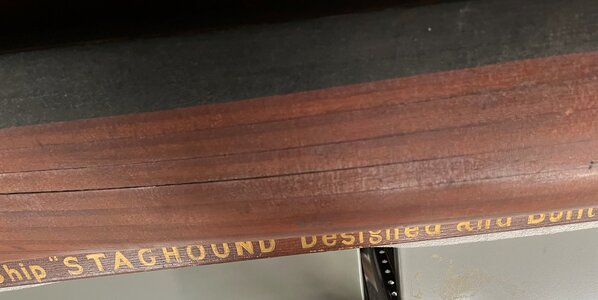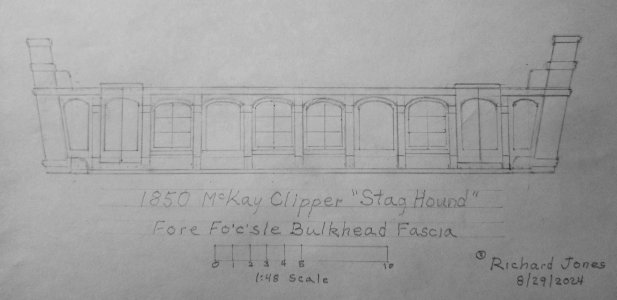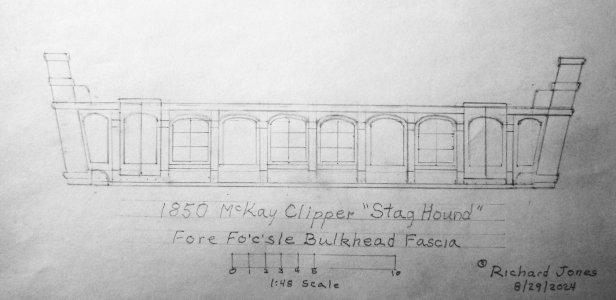- Joined
- Jun 17, 2021
- Messages
- 3,184
- Points
- 588

I had guessed your broad use of "whatever works" to be your approach and you have my complete support and interest. I've just begun to include some of the styrene strips I collected long ago, guessing at some future use for them down the line. You have unlocked the door to that for me already. Just because these materials make it possible to achieve desired results at scale, doesn't make it any easier. I find it encouraging that the demands for perfection in your chosen profession have informed and enhanced the quality of work in your chosen avocation. Thanks for the inspiration. The more you document, the better. Documentation: Something that few of us want to take the time to do, but ultimately the most useful to posterity. Not to mention those of us following the same pursuit. 

The results you have achieved and pictured here I find both humbling and challenging. I am not displeased with what I have achieved with my model thus far, but am now challenged to improve, given the possibilities your examples present. One of the things I miss, having had to give up my weekly participation as a volunteer at the USNA museum workshop, is the imaginative resourcefulness and unlimited possibilities presented by the collective experience and diversity of the other volunteers working there.
" Wow! I would NEVER have thought of that!" Was a commonly used expression among the members.
Pete

The results you have achieved and pictured here I find both humbling and challenging. I am not displeased with what I have achieved with my model thus far, but am now challenged to improve, given the possibilities your examples present. One of the things I miss, having had to give up my weekly participation as a volunteer at the USNA museum workshop, is the imaginative resourcefulness and unlimited possibilities presented by the collective experience and diversity of the other volunteers working there.
" Wow! I would NEVER have thought of that!" Was a commonly used expression among the members.
Pete





